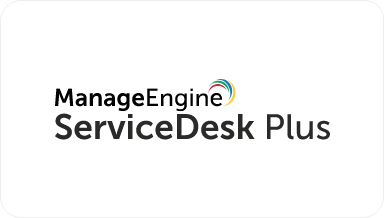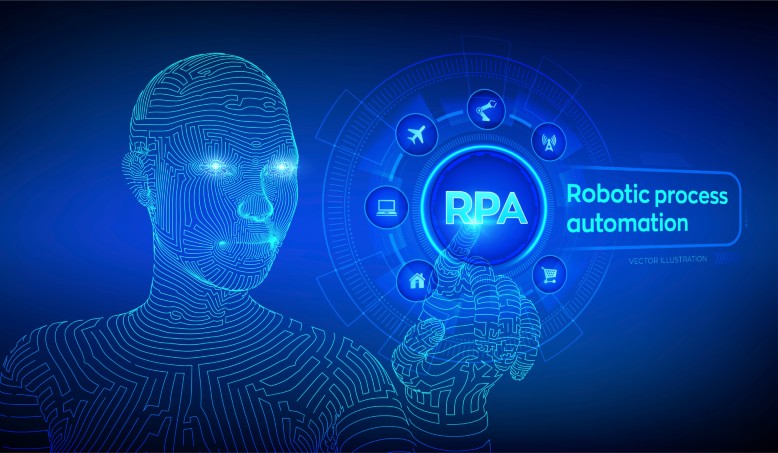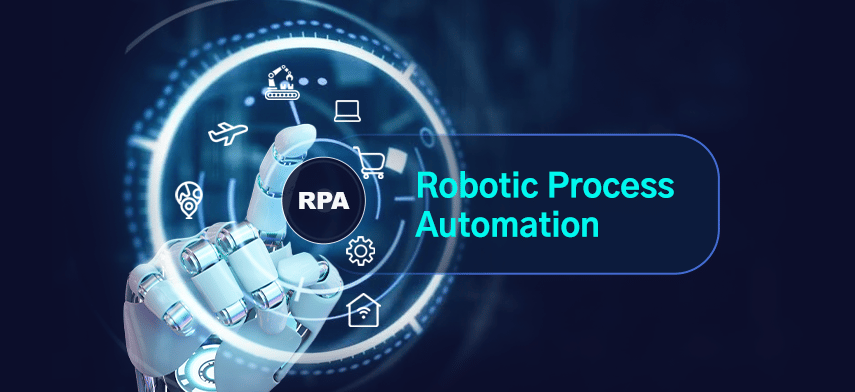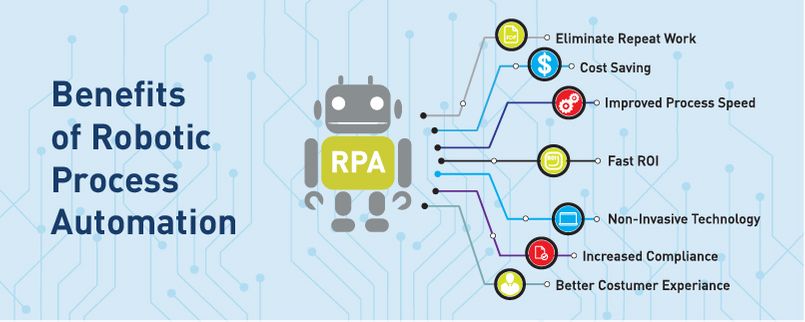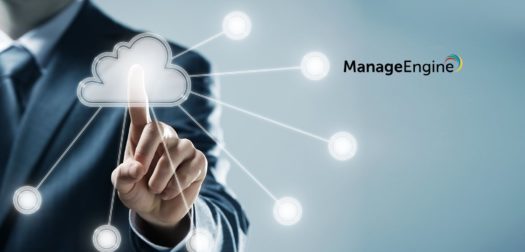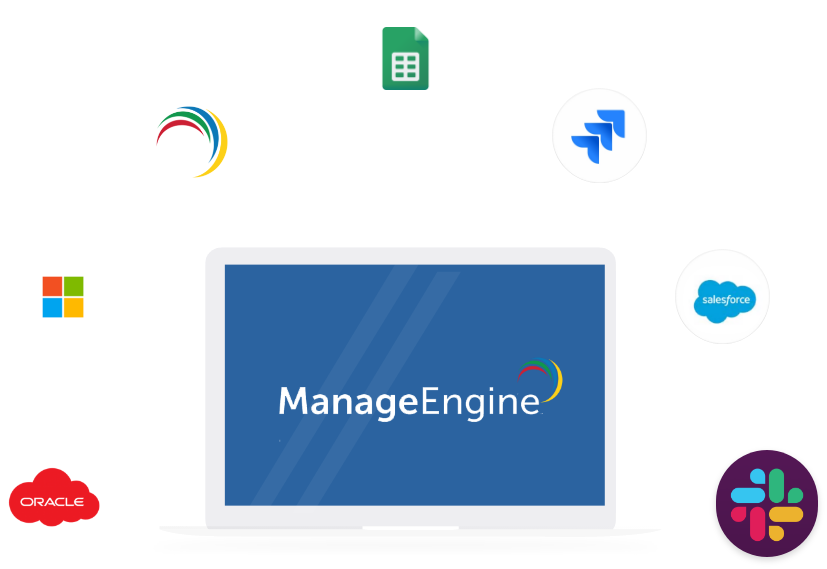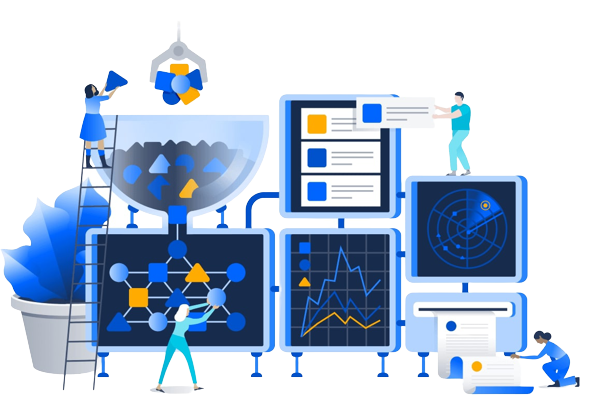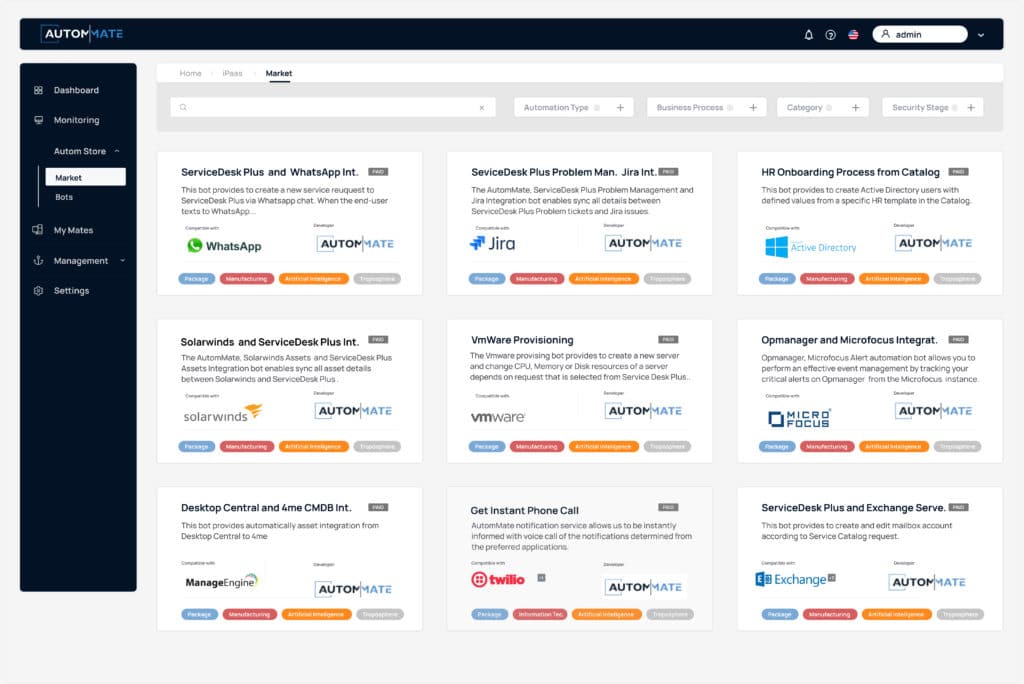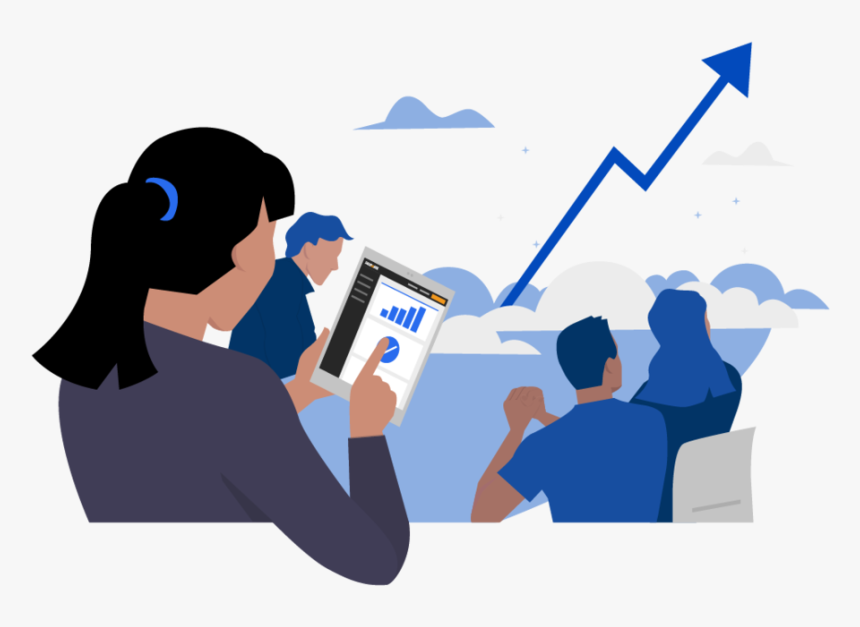The technology aims to integrate all the IT processes into one platform and automate them using automation tools. The goal is to make the process of delivering IT services faster and more efficient.
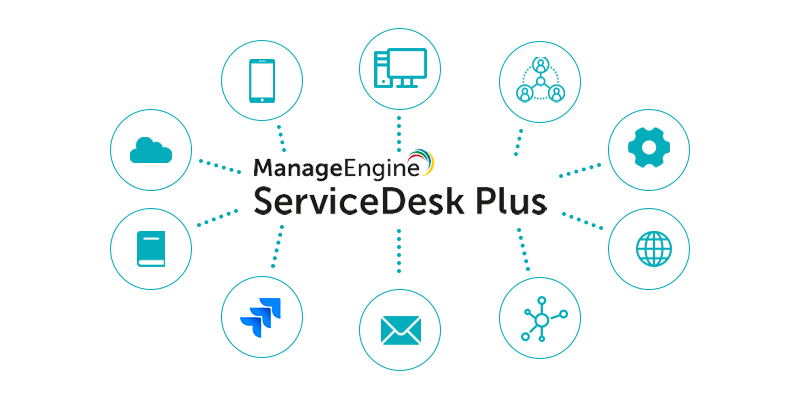
What is ServiceDesk Plus?
ServiceDesk Plus is a ITSM software. It provides excellent visibility and central control of IT issues to ensure that businesses suffer no downtime. Additionally, It helps central management of processes such as Incident and Request Management, Change Management, CMDB, Project Management, Service Catalog, SLA Management, which are processes of IT Service management.
Importance of Integrate ServiceDesk Plus with Other Applications
The lack of integration between a variety of departments, people and applications often leads to the slowing down of work processes, loss of information and gaps in communication. This can be very frustrating for everyone involved in your business.
Integration is a key aspect of any software application in this digital era and it’s important for better communication between different departments within an organization. It also helps streamline workflow processes, making it easier to share information across teams or even with external partners who may have expertise in another industry or region. There are many ITSM integration benefits that organisations can reap.
Below are the solutions you can reach by integrating the ServiceDesk Plus application with other 3rd party applications;
ServiceDesk Plus & SolarWinds Integration (Notification Service & CMDB)
ServiceDesk Plus and SolarWinds alert and CMDB automation bot allow you to perform an effective event management by tracking your critical alerts on SolarWinds from the ServiceDesk Plus ITSM application instance.
- The critical alerts detected by the SolarWinds application, your monitoring application, creates an event ticket in the ServiceDesk Plus application, which is your ITSM application.
- Adds the actions and notes taken on ServiceDesk Plus into the relevant critical alert in SolarWinds.
- When the warning on SolarWinds is resolved, it changes the status of the record on the ServiceDesk Plus application.
- This Integration bot ensures that the servers and network devices are periodically transferred to the inventory of the ServiceDesk Plus application. In case of any change in the information of the transferred inventory, the same inventory is updated on the ServiceDesk Plus application.
ServiceDesk Plus & VMware Integration (Provisioning)
The VMware provisioning bot provides to create a new server and changes CPU, Memory or Disk resources of a server depending on a request that is selected from ServiceDesk Plus Service Catalog.
- This bot creates a new server on VMware automatically after the request that opened on Servicedesk Plus Service Catalog is approved. This manual process, which has no added value for the System Administrator, is automated.
- End users don’t have to wait for System Admin to create or change the server. This bot fulfills everything automatically, In this way, business processes will be more efficient and resolved faster.
Therefore, the service quality that serves to end user will increase significantly.
ServiceDesk Plus & WhatsApp Integration (Unified Collaboration)
WhatsApp is a communication tool that is preferred and used by everyone in every field today. For this reason, it is preferred as a communication channel in our business life apart from our daily life. Users tend to continue their habits mostly. This requirement creates the need for companies to offer Whatsapp as a communication tool to their employees and users.
The ready-to-use WhatsApp integration capabilities provided by Autom Mate allow WhatsApp integration with ServiceDesk Plus in minutes, and the development of necessary applications quickly and easily with no code / low code features for company-specific process requirements. With these features, users can use ITSM/ ESM application without changing their own habits, helping to create a more satisfied and loyal customer base. It enables companies to increase operational efficiency by automating processes.
With ServiceDesk Plus & WhatsApp Bot, end users can;
- Create a request by accessing the Service Catalogue (IT or Business Services)
- Create an incidents ticket, when a service is down,
- Check the status of the ticket they have opened before.
- Use WhatsApp as an intranet portal to learn the weather, exchange rates, lunch menu etc.
ServiceDesk Plus & MS Teams Integration (Unified Collaboration)
Microsoft Teams is a communication tool that is preferred and used by everyone in every field today. For this reason, it is preferred as a communication channel in our business life apart from our daily life. Users tend to continue their habits mostly. This requirement creates the need for companies to offer MS Teams as a communication tool to their employees and users.
The ready-to-use MS Teams integration capabilities provided by Autom Mate allow MS Teams integration with ServiceDesk Plus in minutes, and the development of necessary applications quickly and easily with no code / low code features for company-specific process requirements. With these features, users can use ITSM/ ESM application without changing their own habits, helping to create a more satisfied and loyal customer base. It enables companies to increase operational efficiency by automating processes.
With ServiceDesk Plus & MS Teams Bot, end users can;
- Create a request by accessing the Service Catalogue (IT or Business Services) via MS Teams
- Create an incidents ticket, when a service is down,
- Check the status of the ticket they have opened before.
- Use MS Teams as an intranet portal to learn the weather, exchange rates, lunch menu etc.
ServiceDesk Plus & Jira Integration
SDLC, or software development lifecycle, is a software development process used to develop software products or plan changes to existing software. Thanks to this life cycle, the development of software becomes more planned because the planning of the product to be written, its detailed analysis, the designs on the background or the front side, the development of the product, the acceptance tests, the go-live processes are done in a plan, respectively, and together with the feedbacks. After the go-live, the support given to the product does not end and the product is constantly monitored with the maintenance step and the feedback of the end users is processed. Institutions follow the Jira application’s SDLC process while developing software products.
During the daily workload, the end user’s request opened in the ITSM software is not directed to Jira, causing problems such as not informing the end user about the actions taken by Jira, or delayed response to the end user. As a solution, transferring the requests opened to the ITSM software to Jira manually, transferring the actions taken by the software developers manually to the ITSM software and informing the user causes a serious workload and waste of time on the IT employees. It creates an inefficient work environment.
Thanks to the ServiceDesk Plus & Jira integration bot developed on the Autom Mate platform, the error records (incident) opened to the ServiceDesk Plus application open a bug-type issue report under the relevant project on Jira. Based on the actions taken in the Jira application, it updates the relevant record in the ServiceDesk Plus application and informs the end user about this update. In all these integrations, the images in the records are carried in attachment files.
- Creates the records opened in ServiceDesk Plus application with the issue type specified under the relevant project on Jira.
- Based on the actions taken in the Jira application, it updates the relevant record in the ServiceDesk Plus application and informs the end user about this update.
- When the request is closed in Jira, the related fault record is automatically closed together with the related note.
ServiceDesk Plus & Active Directory Integration (User Onboarding / OffBoarding)
In corporate companies, dozens of demands occur during the day regarding new job start-ups or dismissals. During the recruitment process of personnel initiated from human resources, information technologies are requested to perform operations such as opening the user, entering information, defining rights and authorizations, and defining e-mail boxes and groups. In cases where these works are done manually, the IT specialist creates a user for each user, enters their information, defines their rights and authorizations, and creates an e-mail.
Performing the transactions manually causes definition errors to occur, and extra effort and time are required in cases where the number of requests is high. When the workload on the IT side is high, it can cause the demand to be met late or overlooked. On the other hand, failure to terminate the rights and authorities on time, especially during the dismissal processes, may cause security risks. Error-prone manual process processes and time and effort costs caused by repetition of the same work reduce efficiency and cause time and money losses. In addition, internal dissatisfaction may occur due to not fulfilling user recruitment or change requests in a timely manner.
Autom Mate Employee Onboarding service ensures that new user creation, update or closing requests coming from ITSM application are met by the software in a timely and error-free manner.
- For newly recruited personnel, account definitions and authorizations can be made automatically by filling in the information in the defined form in the ServiceDesk Plus application.
- Initiate, update and disconnect as many users as you want from IT systems within seconds in your user operations processes. Error-free, secure, and fast
- Authorization of existing users can be automated when changing their title, surname, and location.
- The Human Resources department can manage the recruitment processes without the need for the IT department.
Click for more detail about other ManageEngine integrations.

